
The final ODI at the Wankhede Stadium in Mumbai was expected to provide a thrilling climax to a tensely fought series.
Instead it turned out to be an anti-climax as South Africa slaughtered India by 214 runs.
It was second biggest margin of defeat for India in ODI history.
The stunning result also gave South Africa their first ever ODI series victory in India.
Here are five reasons why the Indians were outplayed by the visitors.
The loss of Ravichandran Ashwin
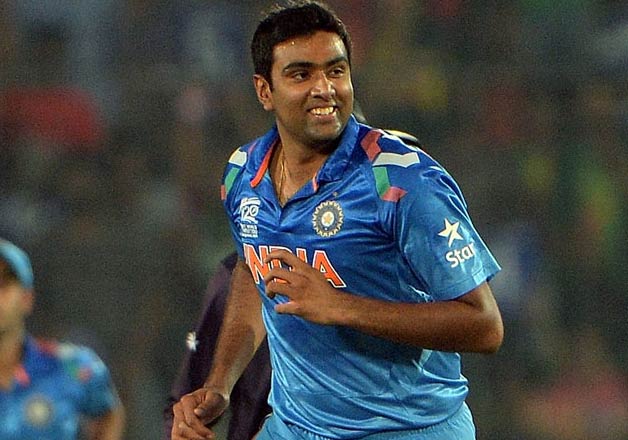
AB de Villiers himself pointed out after the series that Ashwin's loss had left a gaping hole in the Indian attack. "India did miss Ashwin in the later part of the series. He is a champion bowler," said the visiting skipper.
Ashwin had been outstanding in the T20I series between the two teams which South Africa won 2-0. The wily off spinner scalped the dangerman de Villiers in both games.
He was bowling well in the first ODI in Kanpur when a side strain forced him to leave the field after completing less than half of his quota of overs. India lost the game by just five runs and those missing overs by Ashwin probably decided the match and the series.
India's mediocre opening bowlers
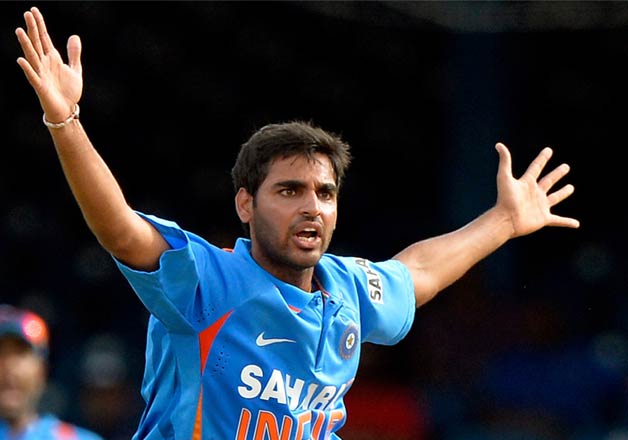
The Indian opening bowlers leaked runs at an alarming rate right through the series. Umesh Yadav was the most economical and even he went for 6.83 runs an over. Mohit Sharma was collared for 6.93 runs an over and Bhuvneshwar Kumar was the most expensive of the trio, conceding 7.13 runs an over.
Bhuvneshwar also collected the unwanted record of giving away the most runs in a match by any Indian bowler in ODI history after he was belted for 106 runs in his ten overs in Mumbai.
India cannot win an ODI series with such profligate new ball bowlers. Hopefully Mohammed Shami will be available for selection soon after his long injury lay-off. And Ishant Sharma also deserves another chance in the limited overs squad. Ishant tends to be expensive but the up side is that he is a genuine strike bowler.
The absence of a power hitter
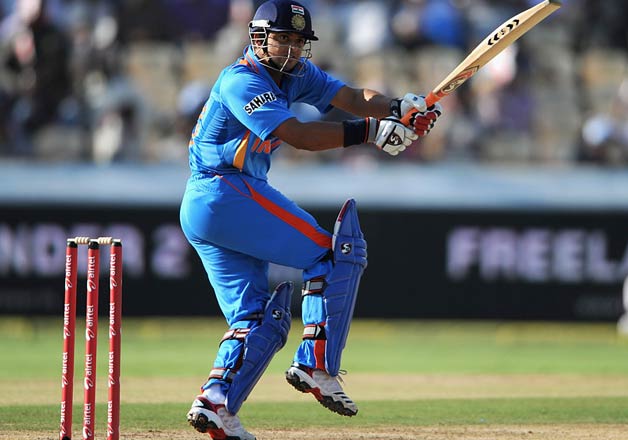
It's clear that MS Dhoni is no longer the batsman he used to be. He can still race between the wickets and keep the scoreboard ticking but hitting the big shots appears to be beyond him.
That leaves Suresh Raina as the only power hitter down the order. And when Raina is out of form, the runs dry up at the death. The lefthander managed just 68 runs in the series at an average of 13.6.
The team badly needs another hitter down the order who can also bowl a bit, which brings us to the next reason.
The lack of a good allrounder
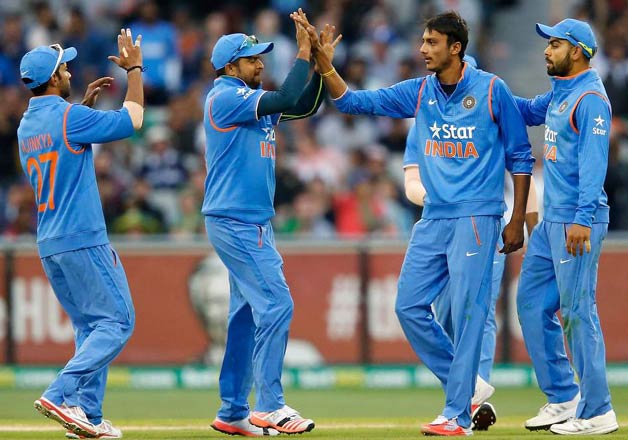
Skipper MS Dhoni continued to bemoan the lack of a good allrounder after the series. "Our two best spinning allrounders are Ravindra Jadeja and Axar Patel. Whether you like it or don't like it, these are the best we have so we have to make the most out of them," he said.
While Jadeja's statistics testify that he is indeed an allrounder, Axar is a specialist bowler who averages a paltry 10.11 with the bat in 22 ODIs.
There was another spinning allrounder in the Indian ODI squad, Gurkeerat Singh Mann. But for reasons best known to Dhoni, Gurkeerat never got a chance to play.
The flat track at the Wankhede Stadium
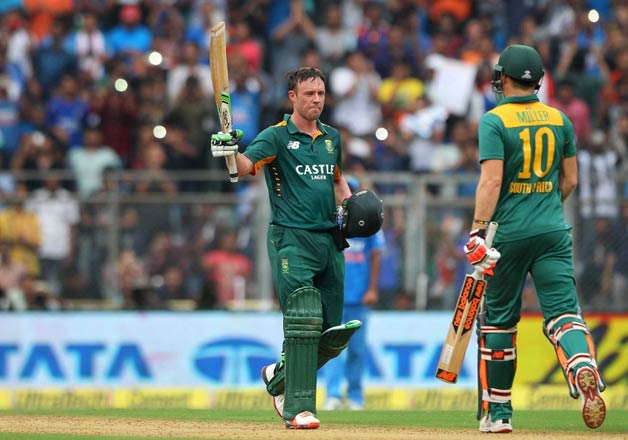
The first four games were tight contests between bat and ball. The pitches were on the slower side and the batsmen didn't find it easy to middle the ball. But to the shock of the Indian team, the Wankhede Stadium pitch defied the script.
It had nothing for the bowlers and the South African batsmen ran riot after winning a valuable toss. Once South Africa crossed 400, the match could have only one result.
The Indian team director Ravi Shastri was so incensed that sarcastically remarked 'Great wicket' followed by an expletive as he passed the pitch curator Sudhir Naik.




















